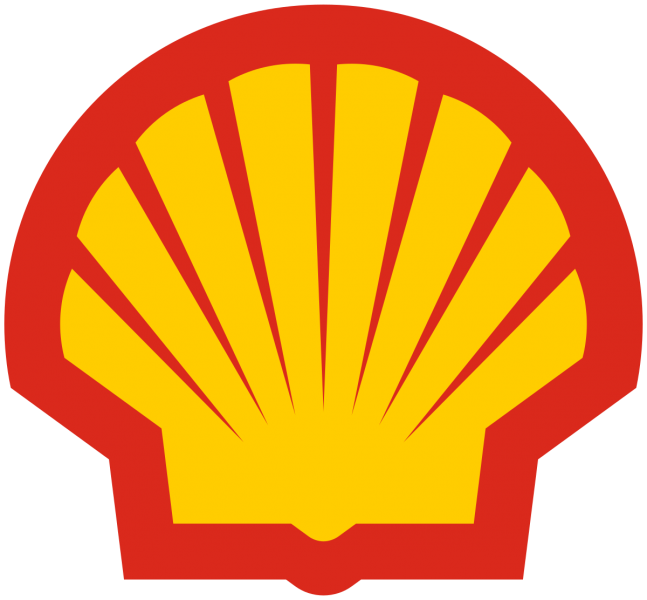Utilizing atomic layer deposition methods, I aim to improve the lifetime of Cu-based catalysts for the hydrogenation of CO2 to methanol. By getting a better understanding of the deactivation processes, improvments can be made on rational catalyst designs.
Within the endeavour of the energy transition, it is essential to develop new technologies and to ensure further commercial opportunities for the chemical industry in the field of CO2 capture and utilization. CO2 conversion can be performed using light (photochemically), power (electrochemically) of heat (thermochemically) combined with appropriate catalysts. From these routes, thermocatalytic CO2 conversion is closest to maturation. However, the higher temperatures and higher pressures applied in this technology, in combination with substantial water production leads to concerns about the stability and longevity of the catalyst systems. The long-term stability of catalyst systems that are used in these conversion routes is an important factor that determines process efficiency and hence economic viability.
In that respect it is important to fundamentally understand what causes hydrothermal instability of catalyst systems, which deactivation mechanisms play a role, and to identify leads to mitigate instability.
Conversion of CO2 is one of the major themes of the ARC CBBC, as CO2 will be an important building block for chemicals and fuels. Furthermore, the project aims at gathering fundamental knowledge on catalyst stability, with major ramifications for the synthesis and use of catalysts for future CO2 conversion processes. As a result, the proposed project clearly fits well to the overall research goals of ARC CBBC.
Partners






